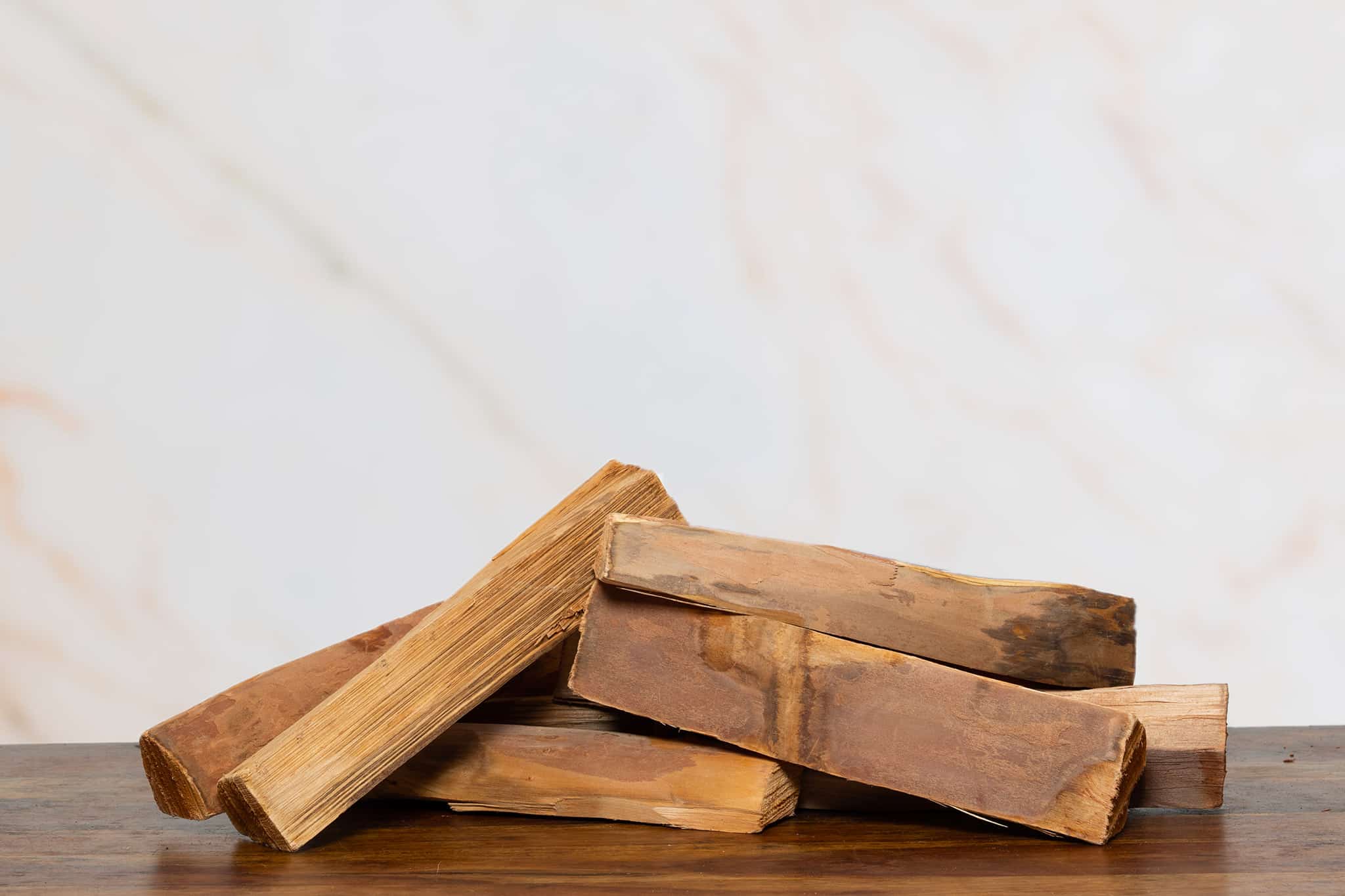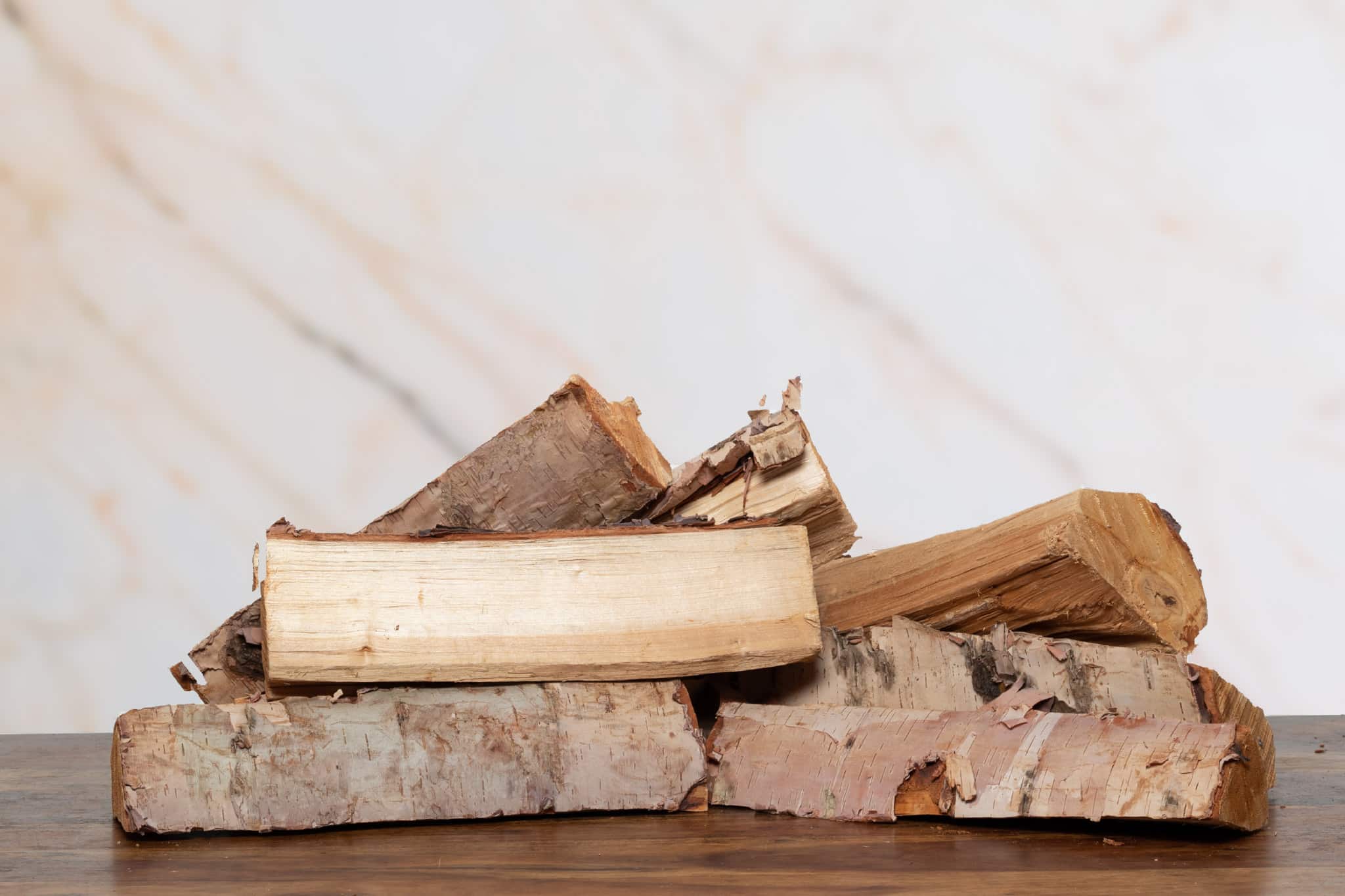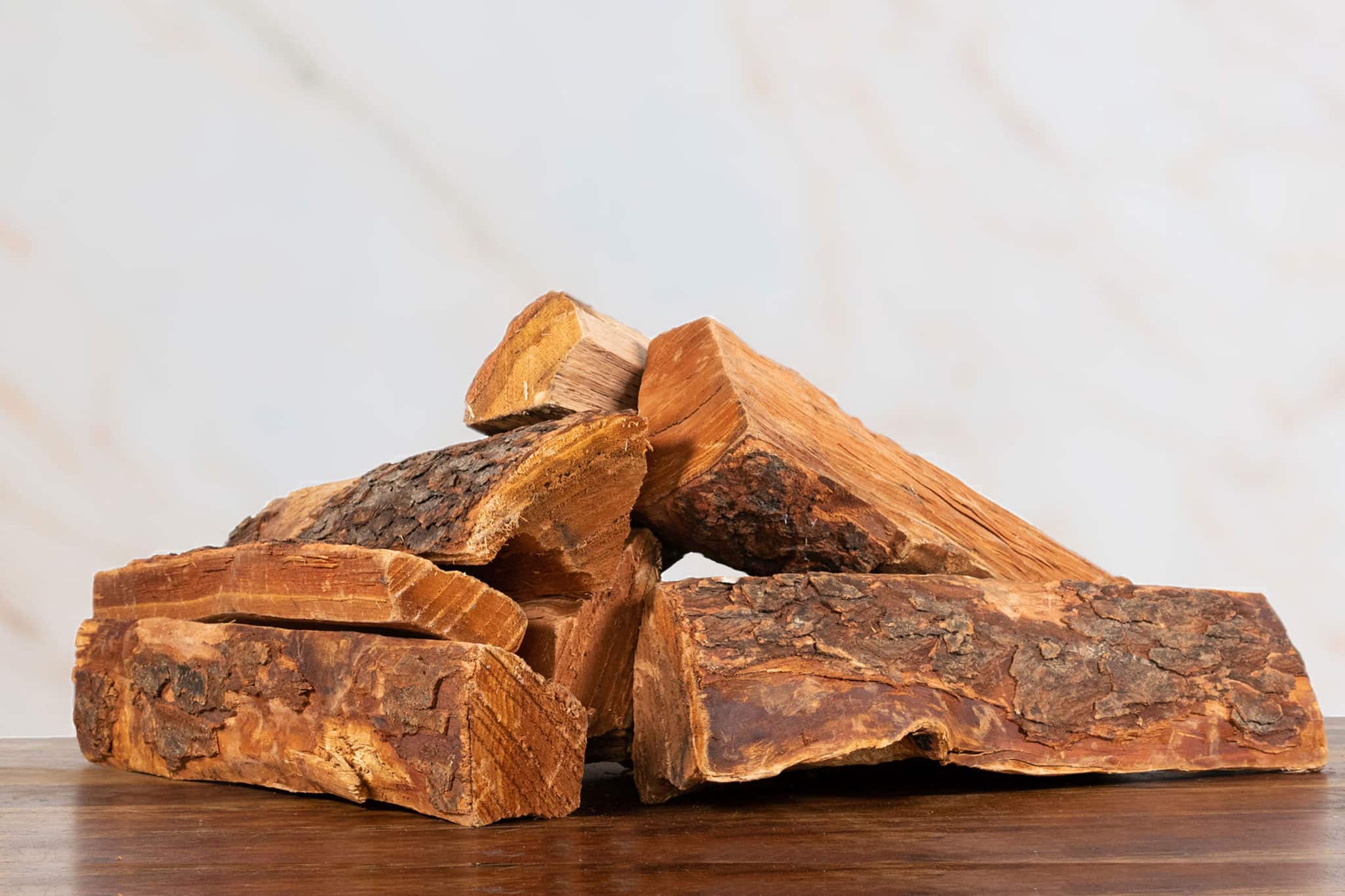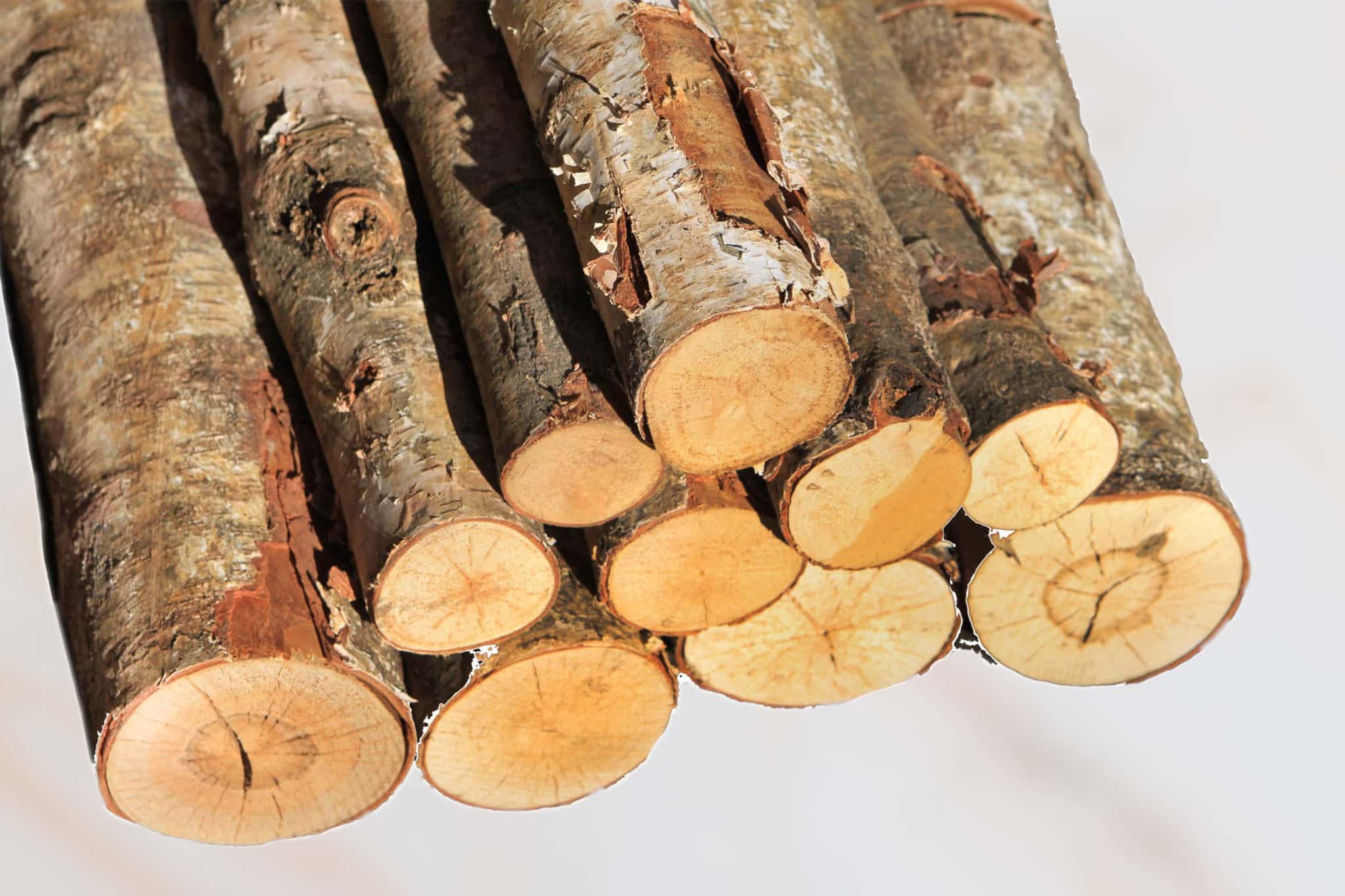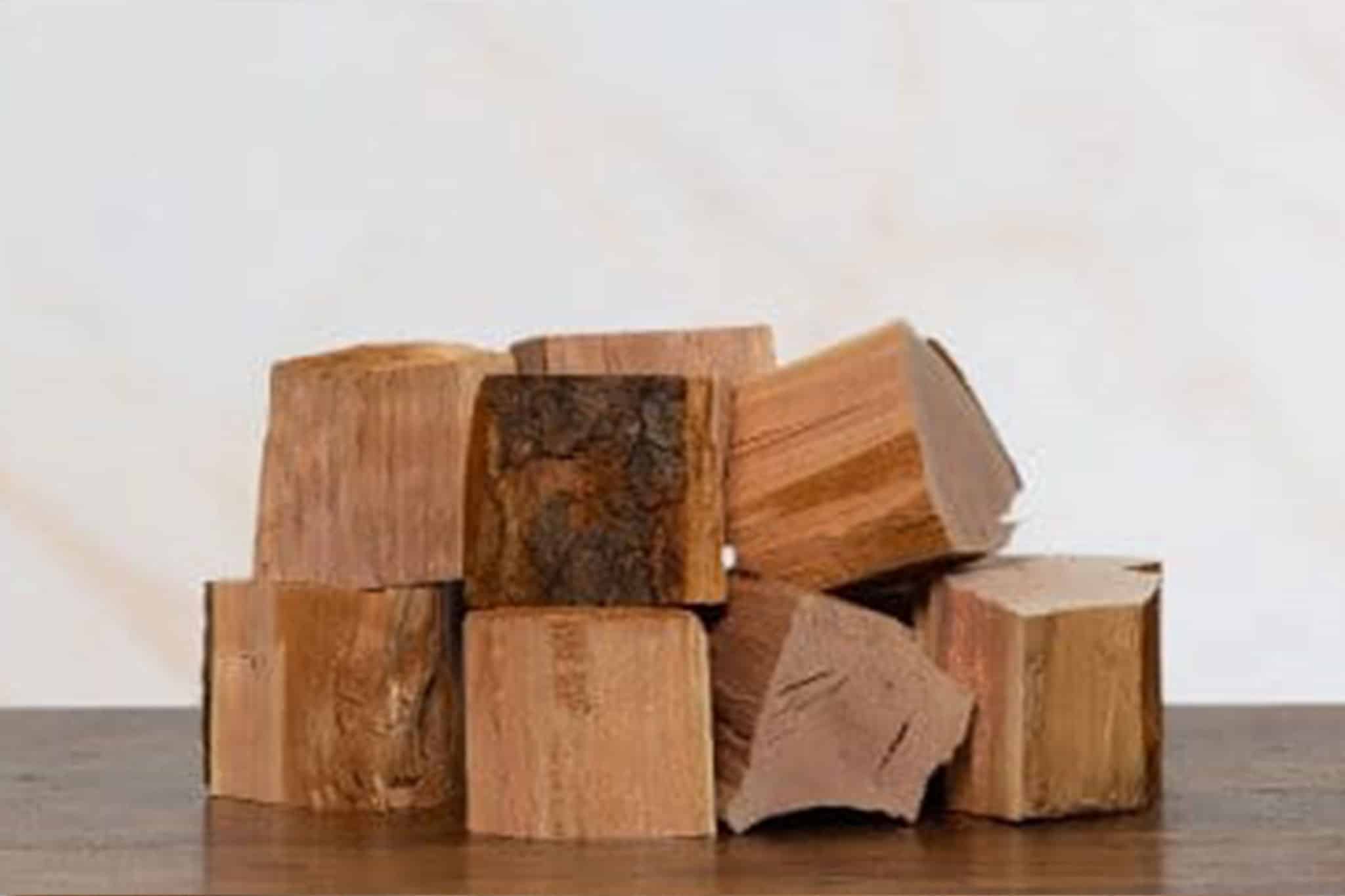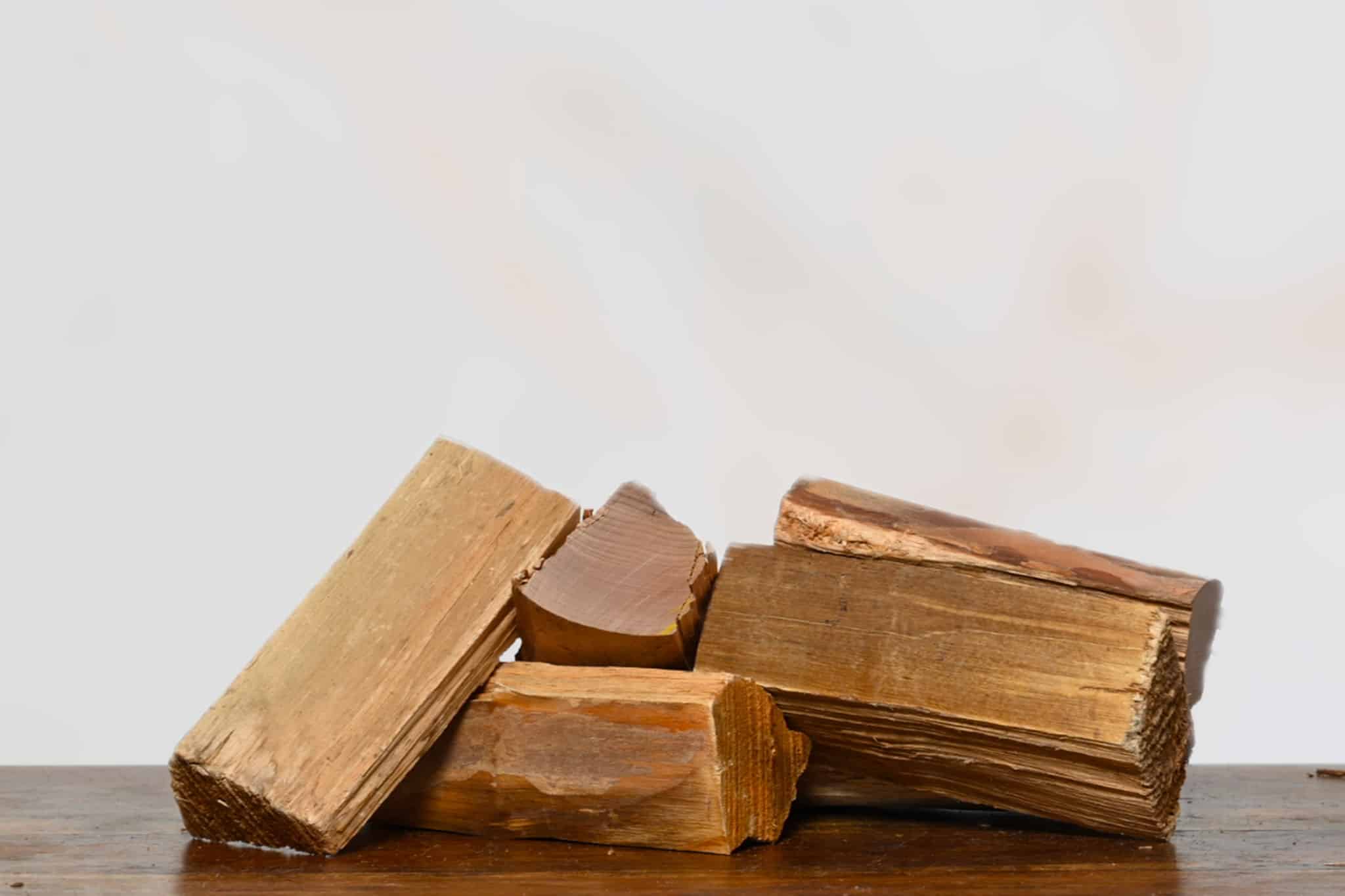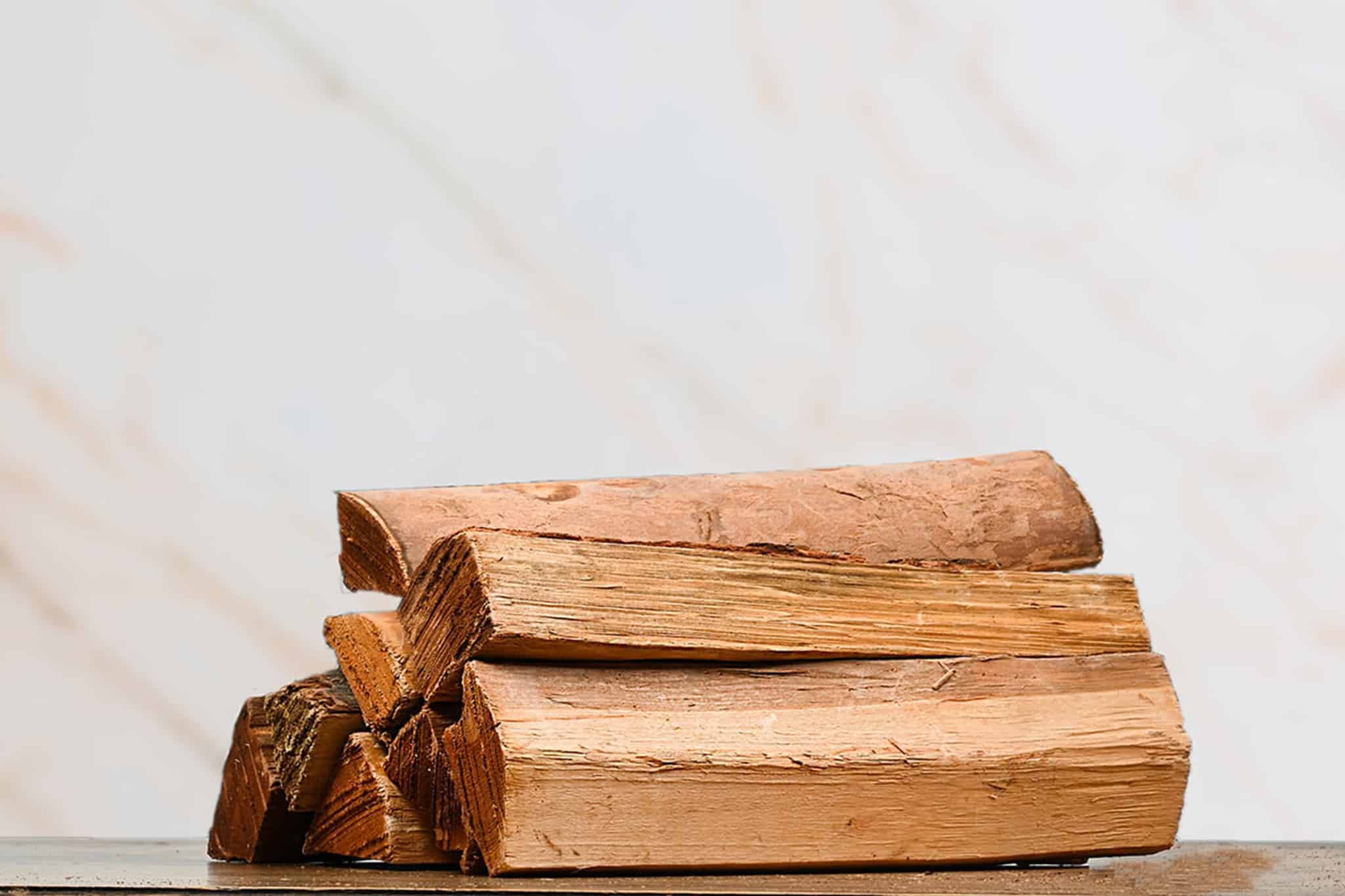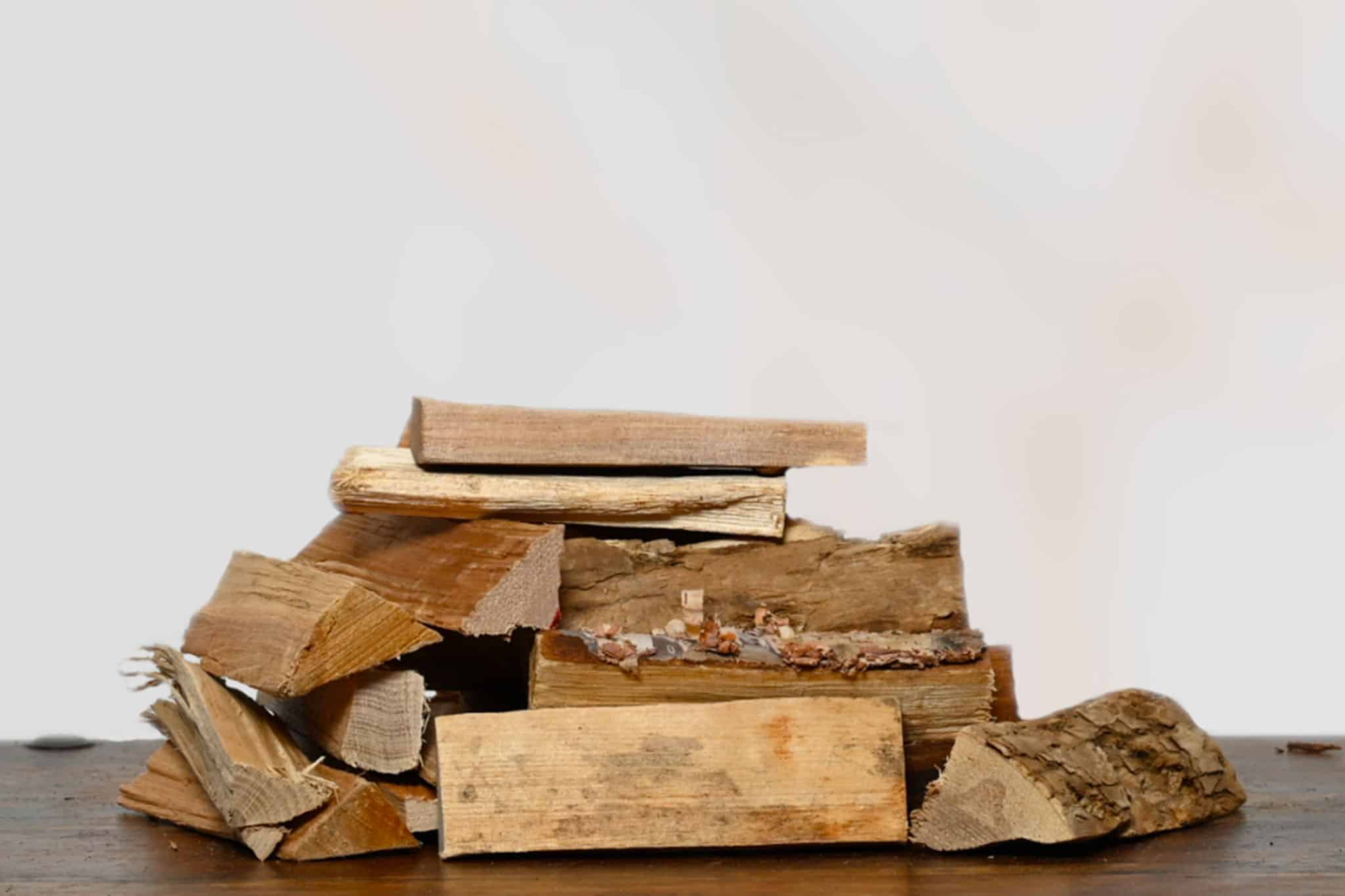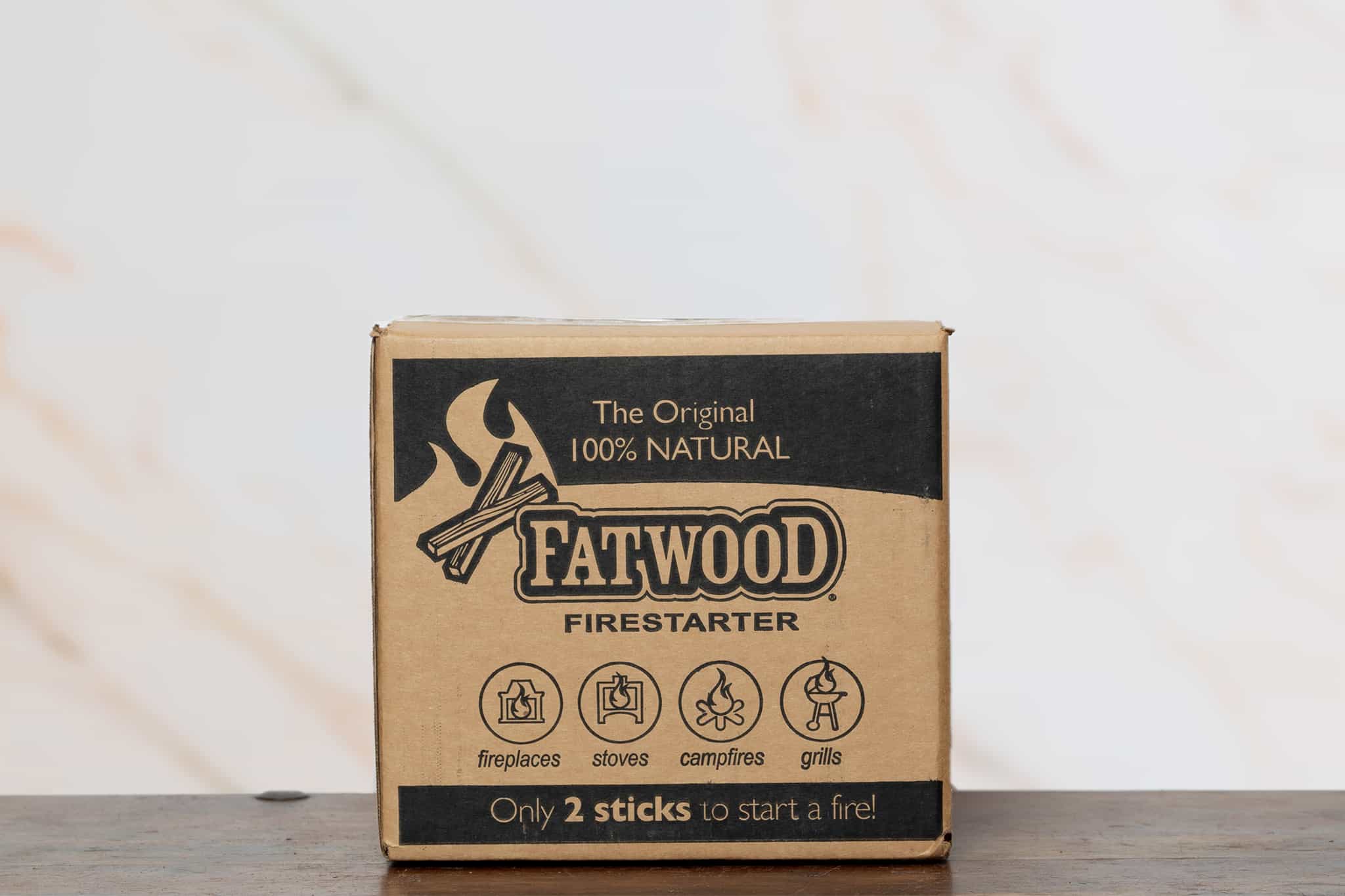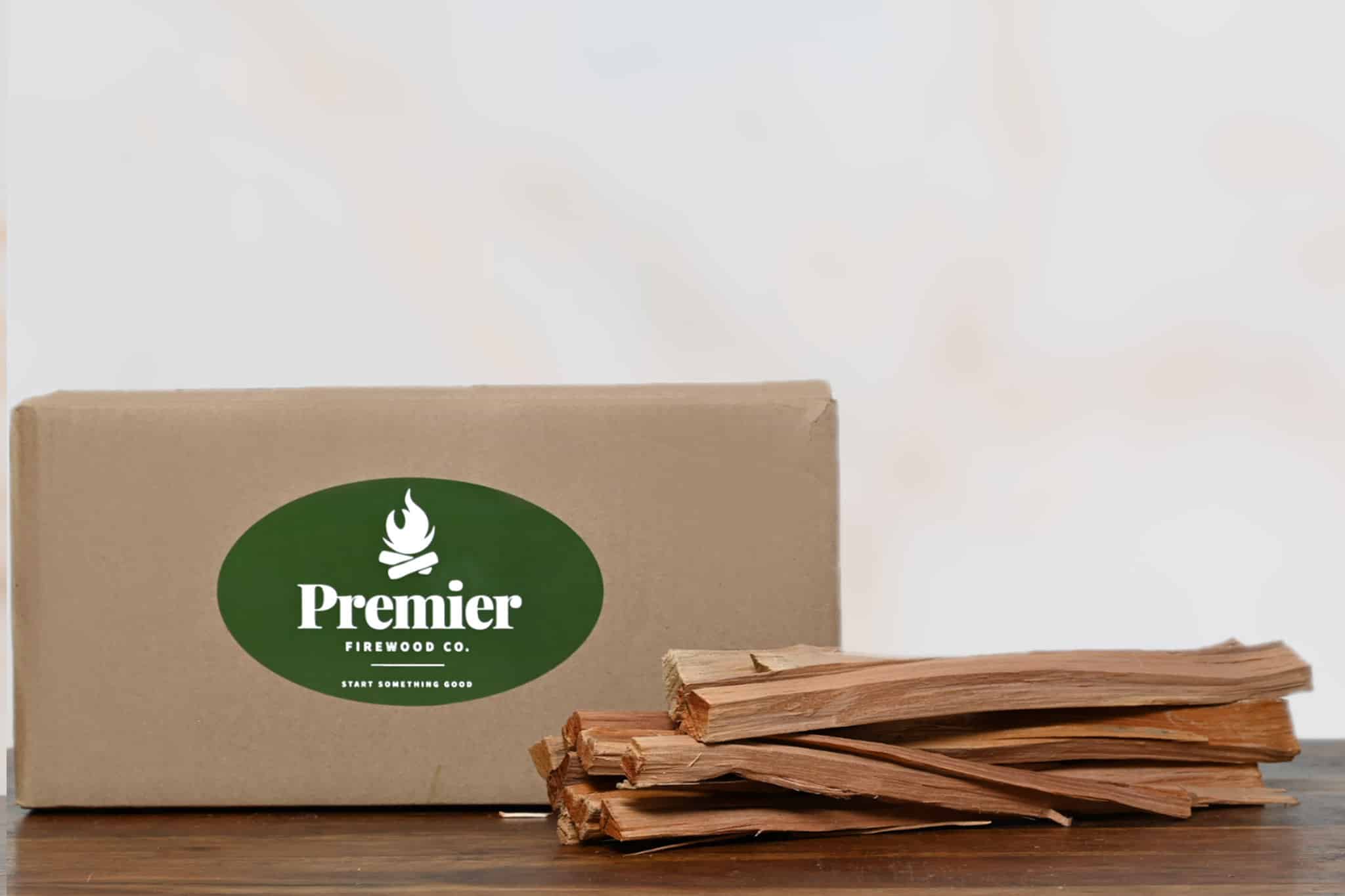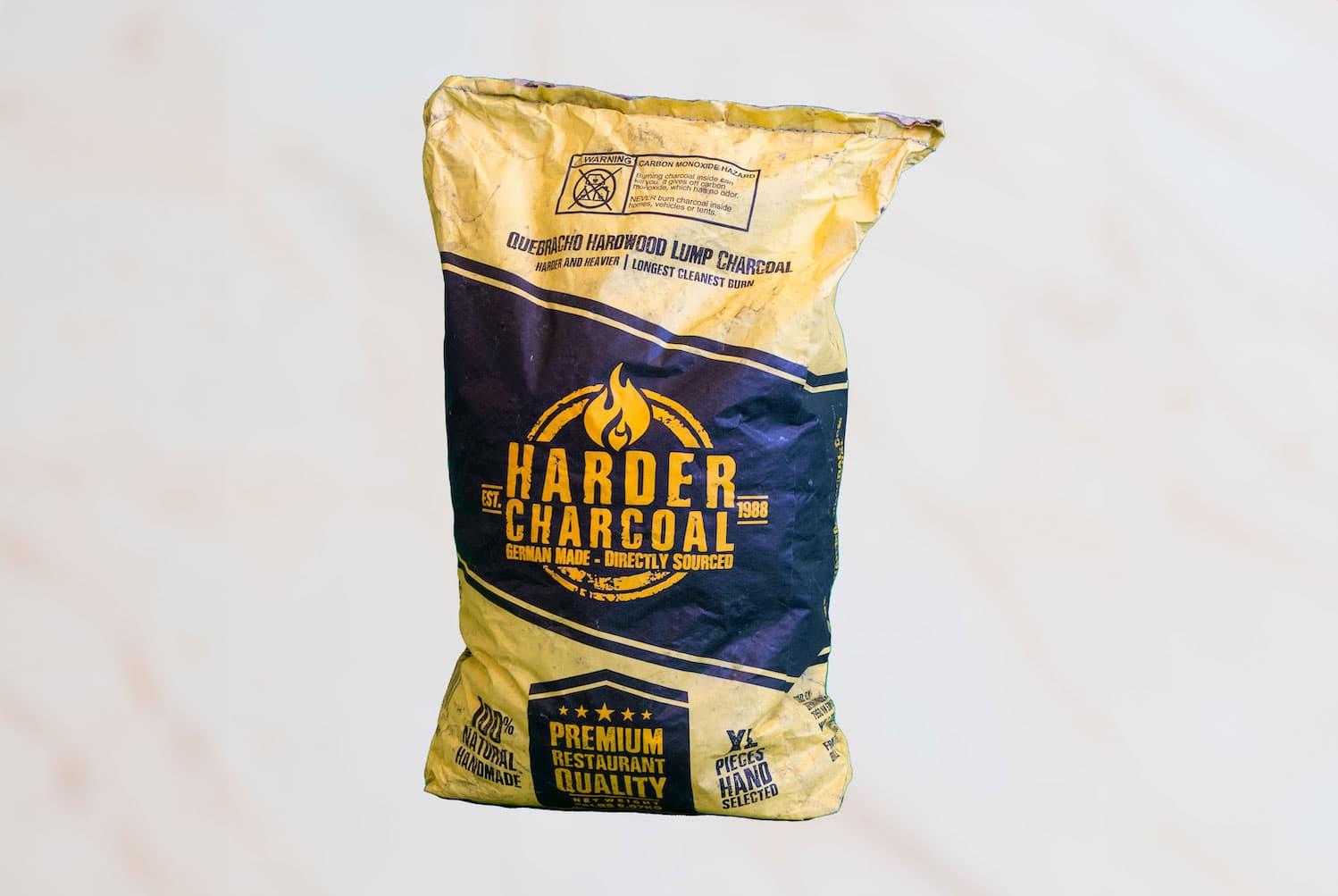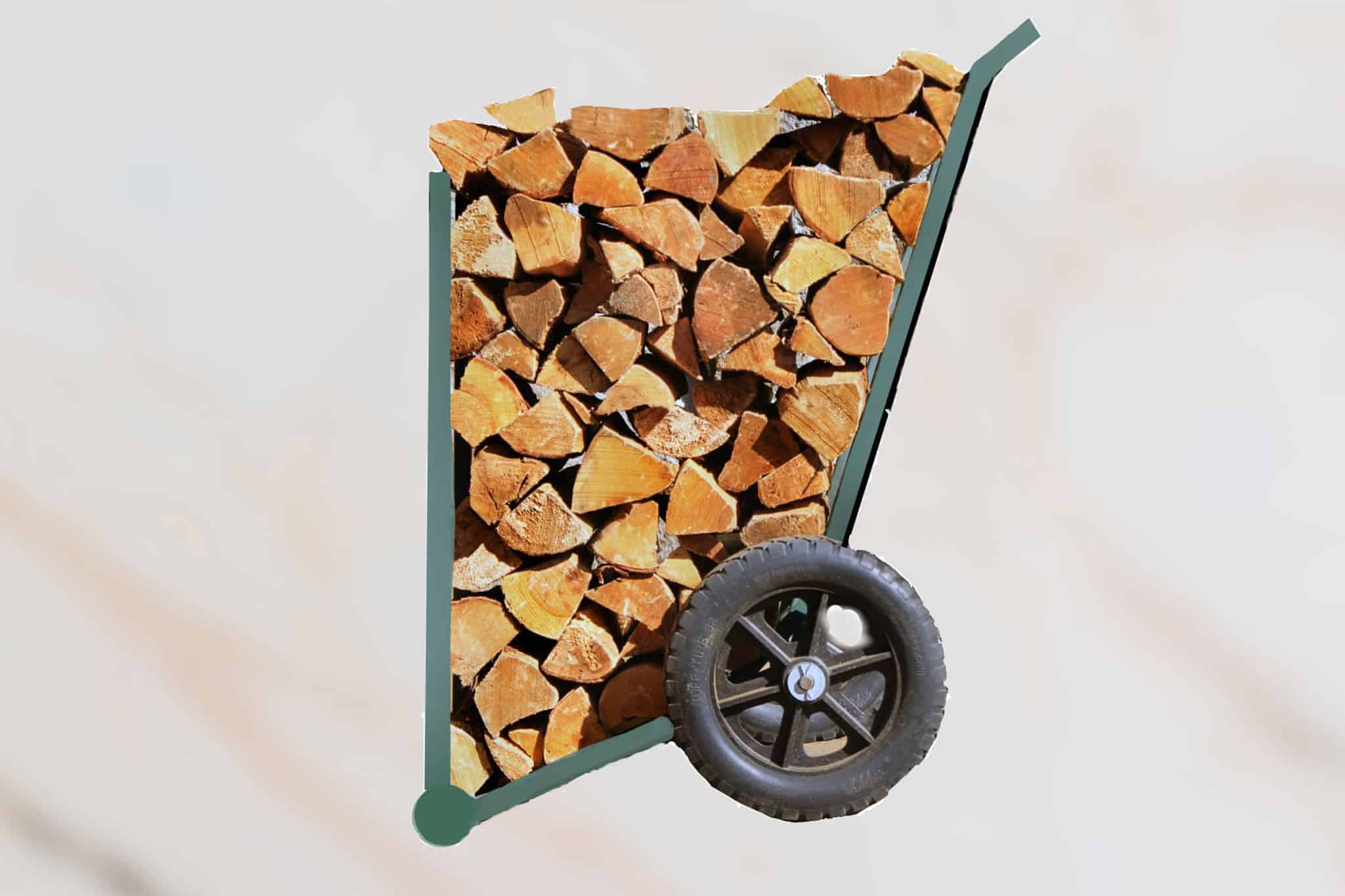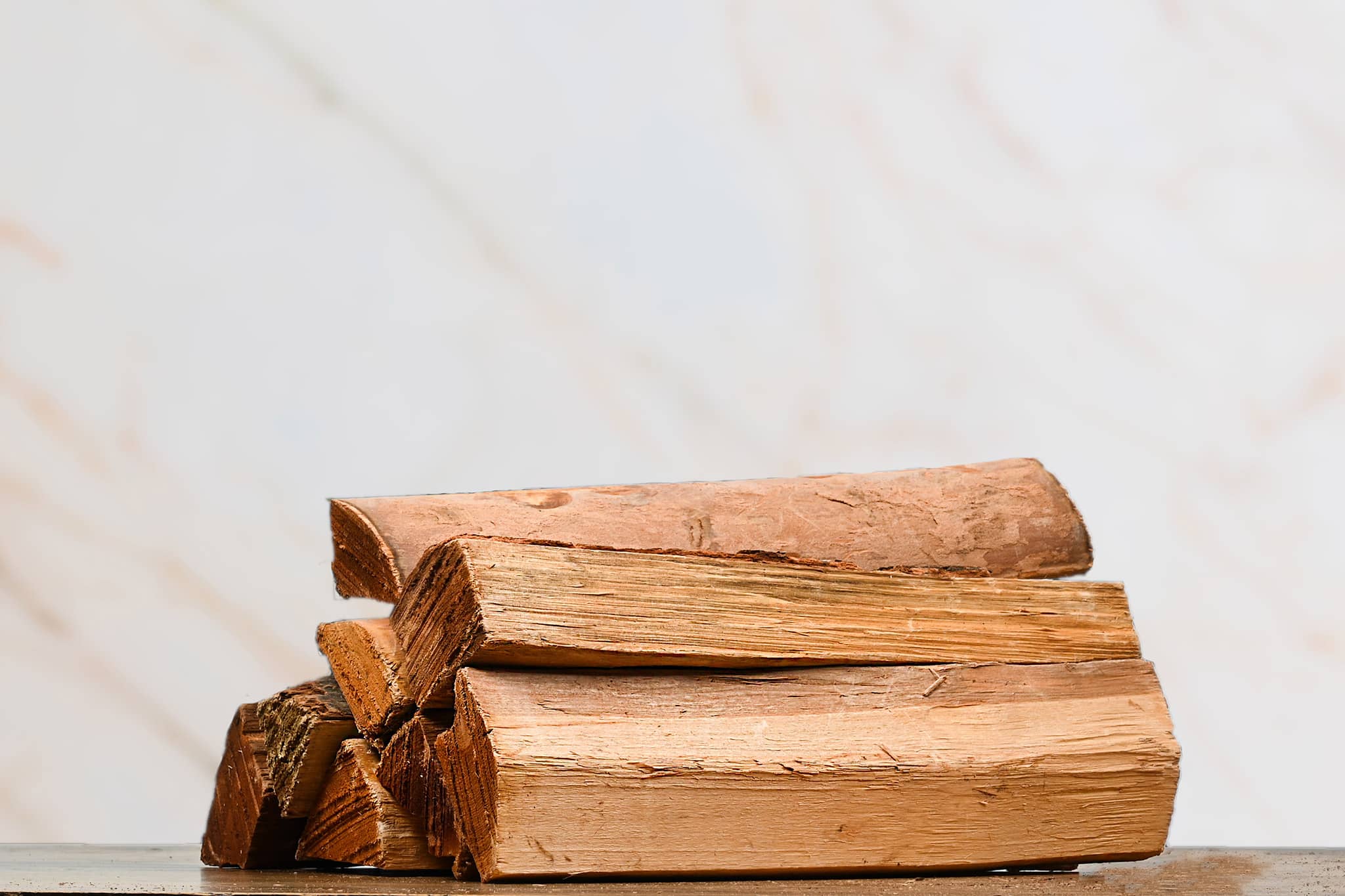A Bit of History to Keep You Warm At Night
How the wood stove has evolved
The wood burning stove has a long history. For more than a million years, humankind has harnessed the power of fire for warmth and cooking. Cavemen dug pits in the middle of their homes, which were eventually replaced by rudimentary fireplaces with almost no ventilation. For thousands of years, families lived in smoke-filled structures. While this wasn’t great for their health, they were still warm and fed. It wasn’t until the 1600s that modern man started looking for better ways to contain and fuel fires in their homes. From fire pits to sleek, efficient models, the wood stove has transformed significantly over the years to help humankind keep warm at all times.
The Earliest Stoves
Although Benjamin Franklin is most well-known as being a Founding Father of the United States, he also played a big role in creating the first modern day wood burning stove. In 1642, a foundry based in Massachusetts is credited with being the first to construct a box of cast-iron plates with the intention of burning wood inside. In the 1700s, German immigrants introduced stoves called Five Plates or Jamb. Primitive by today’s standards, they were set into the wall and fired from a fireplace in an adjoining room. One hundred years later, Franklin created the Franklin Stove. It offered better ventilation, had a convection chamber and radiated heat long after the fire went out because it was made of cast-iron. His design was further improved by David Ritterhouse, who added a stovepipe shaped like an L to vent air to the chimney.
The Next Century
By the 1800s, people were satisfied with their wood stoves. While open fireplaces were much more attractive, wood stoves were becoming more efficient with fairly good controllable airflow and a baffle system. These stoves were about 30% efficient, a far cry from the 80% efficient stoves of today. Similar small domestic stoves were also becoming popular in Europe during this time. This stage in history saw the wood stove being scaled down to be incorporated into homes. This was done most successfully by Philo Stewart, who patented the Oberlin Stove in the U.S. in 1834. The cast-iron stove became a big success and more than 90,000 were sold over the next three decades.
The 1900s and Today
Since its beginning, the stove has been overhauled many times. In the 1970s, the energy crisis caused a surge in woodstove popularity. While the design was still inefficient, emitted high levels of particles and were fire hazards due to significant creosote build-up, people were buying them up to save money by heating their homes with wood fuel. In the 1980s, the Environmental Protection Agency (EPA) stepped in and drastically changed the wood stove industry. They were concerned with emissions produced by stoves and the effect they had on the environment. The EPA set emission limits at 7.5 grams per hour for wood stoves, forcing manufacturers to either respond by improving the design of their stoves or go out of business. Today, many EPA-certified wood stoves have extremely low emissions – as low as 1 to 2 grams per hour. They have been upgraded with 21st century technology that enables complete combustion, meaning the wood receives ample oxygen and burns at high temperatures for an amount of time that ensures the combustion gases are also burned before being expelled through the stove pipes. New stoves also come in a variety of styles to fit the everyday home. Check out this list of the latest EPA-approved wood stoves here.
Need Wood to Light Your Fire?
Premier Firewood Company™ is the area’s premier retailer of high-quality firewood. Stock up on your kiln-dried firewood today by calling 203-866-4252.
